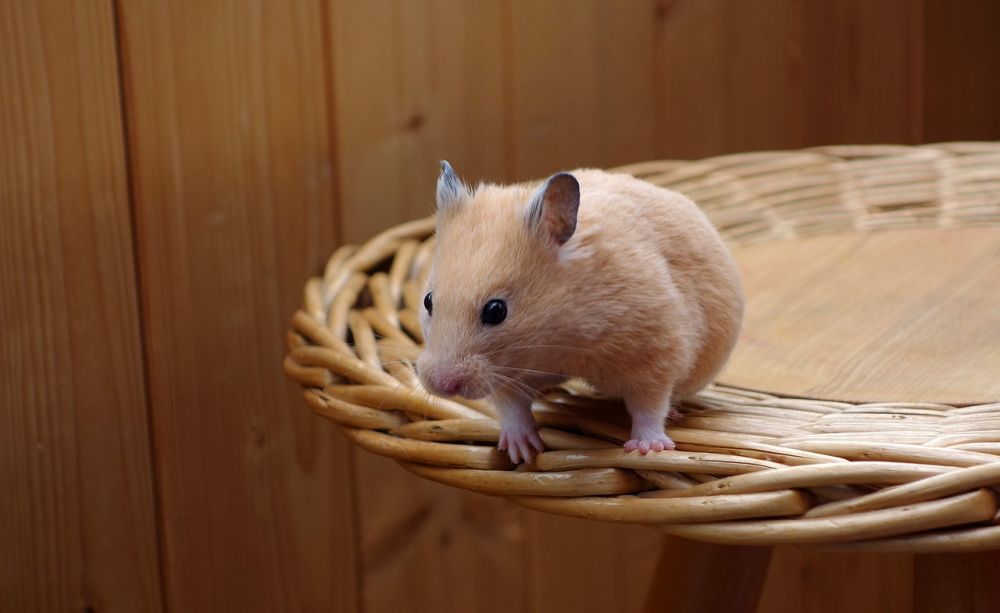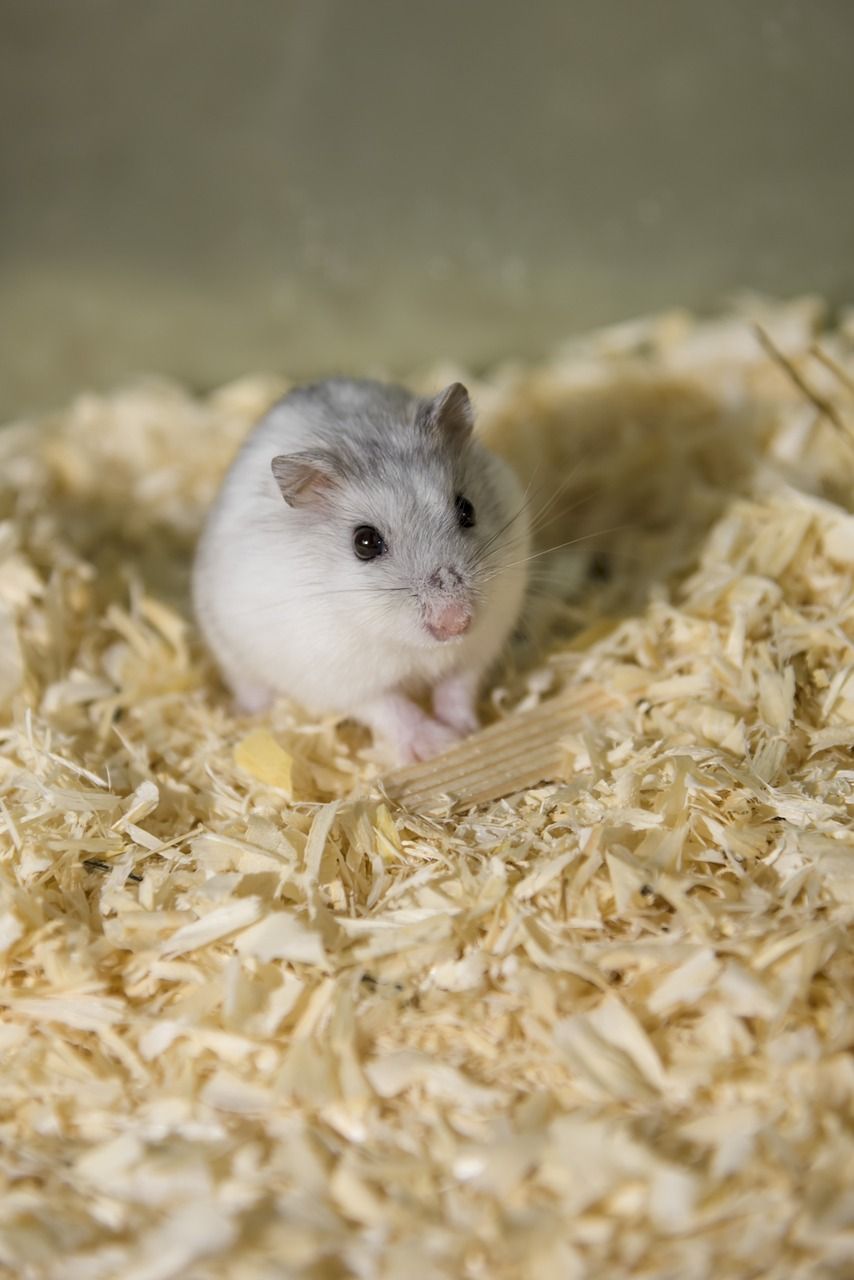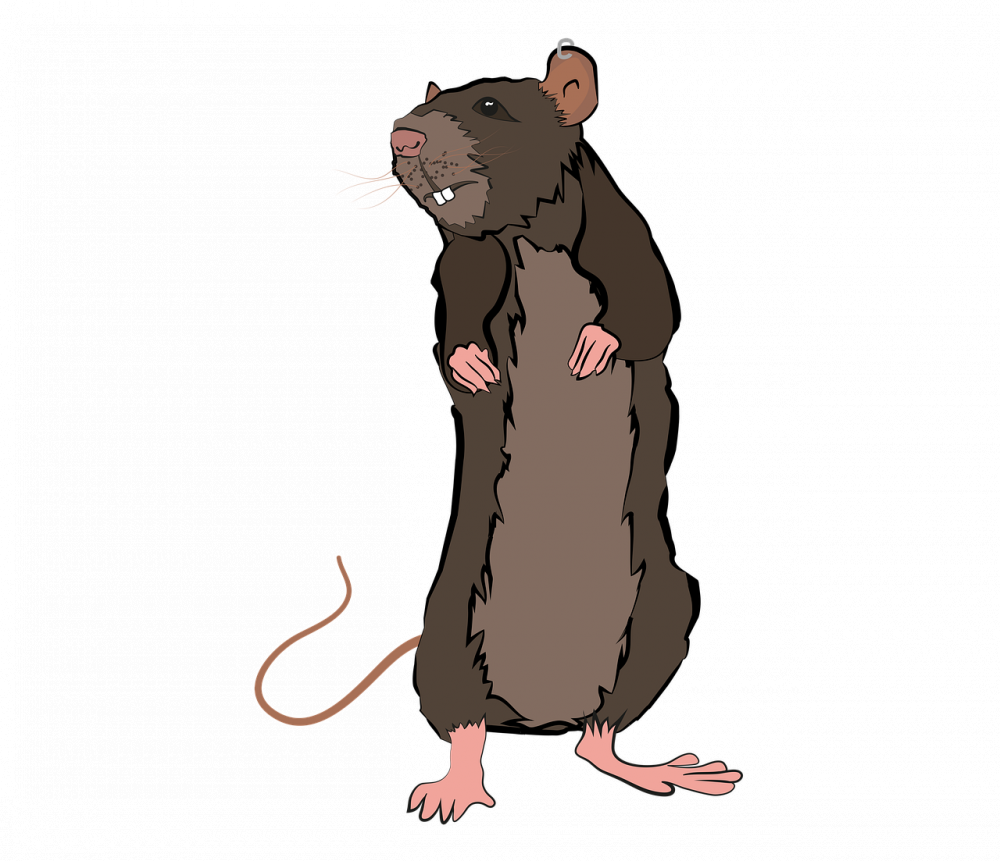Hamster Mature: A Comprehensive Guide to Aging Hamsters

Introduction:
Hamsters are popular pets known for their small size, cute appearance, and playful nature. As hamsters grow older, they go through a process called ”hamster mature,” which refers to the aging stage in a hamster’s life. In this article, we will provide a thorough overview of hamster mature, including its definition, types of aging hamsters, popular breeds, quantitative measurements, differences among various aged hamsters, and a historical analysis of the advantages and disadvantages associated with different stages of hamster maturity.
I. Hamster Mature: An Overview

Hamster mature refers to the natural process of aging experienced by hamsters. It is a stage that occurs after the hamster reaches its full growth potential. Similar to humans, hamsters also go through several distinct phases as they mature and age. Understanding hamster mature is crucial in providing optimal care for aging furry companions.
II. Types of Aging Hamsters and Popular Breeds
There are different types of aging hamsters, depending on their species. The most common species kept as pets are Syrian hamsters, Roborovski hamsters, Campbell’s dwarf hamsters, and Winter White hamsters. Each breed has its unique characteristics and lifespan, which determine the stages of hamster mature they go through.
a) Syrian Hamsters: Syrian hamsters, also known as golden hamsters, have an average lifespan of two to three years. These hamsters experience distinct stages of hamster mature, including changes in their physical appearance, activity level, and behavior.
b) Roborovski Hamsters: Roborovski hamsters have a lifespan of around three to four years and experience hamster mature in their later years. Their aging process is characterized by a decrease in energy levels and potential mobility issues.
c) Campbell’s Dwarf Hamsters: Campbell’s dwarf hamsters have a lifespan of approximately two to two and a half years, and they undergo hamster mature as they advance in age. This breed experiences physical changes such as graying fur and possibly developing age-related health conditions.
d) Winter White Hamsters: Winter White hamsters have a similar lifespan as Campbell’s dwarf hamsters (two to two and a half years). They also encounter hamster mature, which leads to changes in their appearance, temperament, and overall health.
III. Quantitative Measurements of Hamster Mature
Several quantitative measurements can be used to assess the stage of hamster mature. These measurements include physical attributes such as weight, size, fur color, and overall activity level. By monitoring these factors, hamster owners can gain a better understanding of their pet’s health and well-being.
IV. Differences among Various Aged Hamsters
As hamsters mature, they exhibit noticeable differences in physical appearance, energy levels, behavior, and health. Younger hamsters tend to be more active, playful, and have brighter fur compared to their older counterparts. Older hamsters may experience a decrease in mobility, changes in fur color, and potential age-related health issues.
V. Historical Analysis of Advantages and Disadvantages of Hamster Mature
Throughout history, experts and hamster enthusiasts have identified both advantages and disadvantages associated with different stages of hamster mature. Advantages may include a calmer temperament, reduced energy requirements, and increased bonding opportunities, while disadvantages may consist of potential health issues and decreased lifespan. Understanding these pros and cons helps owners make informed decisions regarding appropriate care for their aging hamsters.
Conclusion:
In conclusion, hamster mature is a natural process that all hamsters go through as they age. By understanding the stages and characteristics of hamster mature, owners can provide the best care for their furry companions. Quantitative measurements and historical analysis further contribute to our knowledge of hamster mature. Lastly, being aware of the different advantages and disadvantages will help owners navigate the challenges and joys of caring for their aging hamsters.
(Note: Remember to insert the video clip in the designated section marked with
to enhance the article’s visual presentation.)





